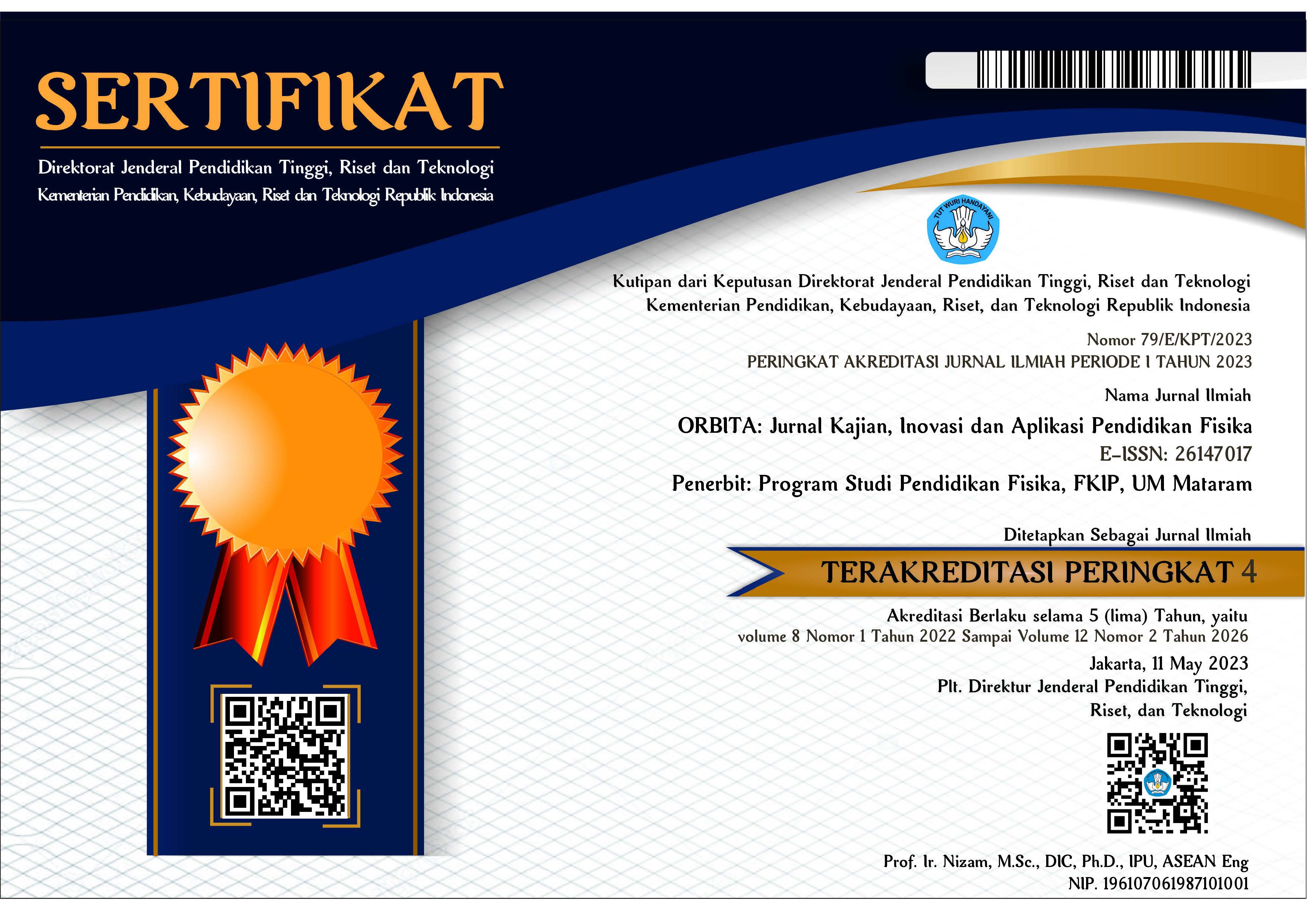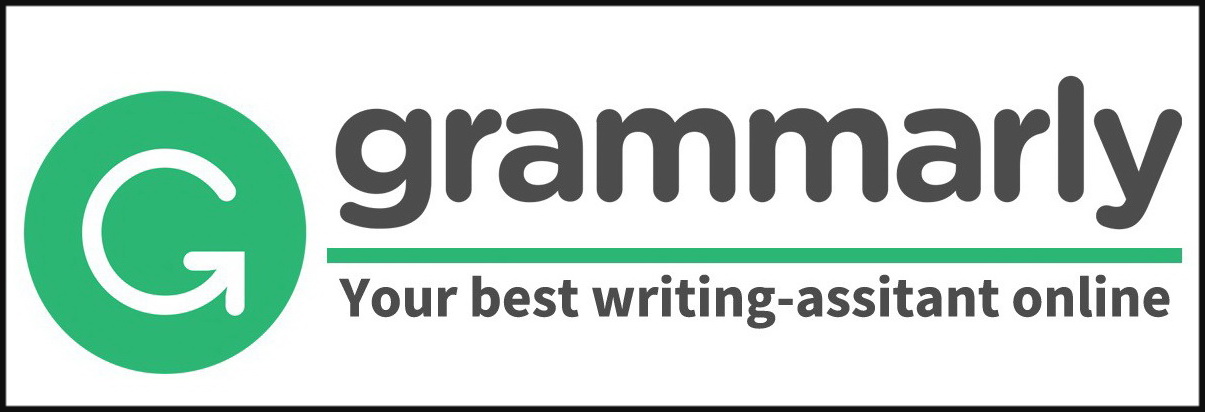MODEL PEMBELAJARAN KESIAPSIAGAAN BENCANA GEMPABUMI DI SEKOLAH DASAR
Abstract
ABSTRAK
Mengajar adalah pekerjaan guru sehari-hari. Namun demikian, mengajar bagaimana siswa belajar, ternyata tidaklah mudah. Penelitian ini adalah penelitian dan pengembangan (Research and Development) atau yang biasa disebut dengan RnD, yang bertujuan memberikan contoh nyata bagaimana cara mengajar dan menanamkan kesiapsiagaan bencana gempabumi pada masyarakat sekolah secara sederhana dan menyenangkan dengan model pembelajaran kesiapsiagaan bencana. Hasil penelitian berupa desain model pembelajaran kesiapsiagaan bencana gempabumi dan struktur pembelajaran yang merupakan penerapan pendekatan saintifik pada kesiapsiagaan bencana. Penelitian ini berdasarkan pengembangan dan pengalaman tim peneliti dalam mengajar dan melakukan penelitian pada kepala sekolah, guru dan peserta didik di SD Negeri 6 Mataram. SD Negeri 6 Mataram merupakan pilot project dari penelitian ini dan akan diterapkan pada sekolah-sekolah lain di daerah kota, pesisir dan pegunungan di pulau Lombok. Respon kepala sekolah dan bapak ibu guru terhadap model pembelajaran kesiapsigaan ini sangat positif, dimana 95% menyatakan sangat tertarik dan hanya 5% yang menyatakan tertarik. Peserta didik sangat antusias dan terlibat aktif selama proses pembelajaran dan mereka merasakan manfaat yang berarti dari pembelajaran kesiapsigaan ini. Hal ini mengindikasikan bahwa model pembelajaran kesiapsigaan ini dapat menjadi acuan dalam menanamkan kesiapsigaan bencana pada masyarakat sekolah.
Kata Kunci : model pembelajaran kesiapsiagaan gempabumi; sekolah dasar; pulau Lombok; bencana
ABSTRACT
Teaching is every teacher’s daily job. Despite this, though, teaching in the way that students learn is not an easy thing to do. This research is a Research and Development—also known as RnD—study, aimed to give a real life example of how a teacher can teach and embed the awareness about natural disaster in an uncomplicated and fun way, by using disaster mitigation model of teaching. The study results in one design of disaster mitigation model of teaching and a teaching structure implementing scientific approach on disaster mitigation. This research is based on the development and real life experience of the researcher team in teaching and doing observation and research on the headmaster, teachers, and students of SD Negeri 6 Mataram. SD Negeri 6 Mataram is the pilot project of this study, which in return will be implemented in other schools in the urban, coastal area, as well as mountanious area in Lombok Island. The result shows that the headmaster and the teachers’ response towards disaster mitigation model of teaching had been really positive, with only 5% of the teachers claims that they are interested, whilst the other 95% claims that the study is extremely interesting for them. The students were very enthusiastic and active during the learning process. In addition, the claim to have meaningful benefit from this mitigation learning. This thus indicated that this disaster model of teaching and learning can be used as a guide or reference in embedding the awareness for natural disaster among school community.
Keywords: model of learning; disaster awareness; primary school; earthquake
Keywords
Full Text:
PDFReferences
Diposaptono S. 2005. Tsunami Mitigation Technology. Jakarta: Republic of InTechnology. Jakarta: Republic of Indonesia Maritime and Fisheries Agency Tsunami Mitigation Training Material.
Djamarah. (2005). Teachers and Students in Educative Interaction, A Psychological Theoretical Approach. Jakarta: Rineka Cipta.
Huda, M. (2013). Teaching and Learning Model Models of Methodical and Pragmatic Issues. Yogyakarta: Pustaka Pelajar.
Hamidah, Gunawan, & Muhammad Taufik. (2018). Effect of Media Assisted Discovery Learning Model on Physics Learning Outcomes of Class XI Students of SMA N 1 Kediri Academic Year 2017/2018. Jurnal Pendidikan Fisika dan Teknologi. 4(1). 78-86.
Irawan P. (1997). Learning Theory. PAU-PPAI. Jakarta: Universitas Terbuka.
Ibrahim. Muslimin. (2000). Problem Based Learning. Surabaya: University Press.
Ivers, Baron. (2002). Multimedia Projects in Education Designing Producing and Assesing. New York: John Willey & Sons.
Klinger, Walter. (1997). Survey of Teaching Methods in Natural Sciences Erziehungswiss. Fakultat der Universtat: Erlangen-Nurnbe.
Muryani, A.D., & Rochmawati. (2016). “Differences in Student Learning Outcomes Using Assisted Discovery Learning Learning Models and Without Assistance to Student Worksheets”. Jurnal Pendidikan Ekonomi. 1(1). 7-13.
Ramdhani A. (2005). Optimization of Physics Learning with the Use of Science Kits at SMP N 6 Mataram. Mataram: Press Unram.
Subrata. (2001). Efforts to Improve the Quality of Learning Outcomes of Elementary Students through Science Learning with Process Skills. Singaraja : LPPM STKIP Singaraja.
Sugiyono. (2013). Qualitative Quantitative Research Methods and R & D. Bandung: Alfabeta.
Suprapto S. (2002). Flood Disaster, Material for Disaster Power Training. Yogyakarta : PSBA UGM.
Syahrial, A. Kosim. Gunada. (2019). Tsunami. Gunung Sari West Lombok : Arga Puji
Syahrial, A. (2011). Study of the Use of elementry school Science Kits in Mataram, Mataram : Lembaga Penelitian Universitas Mataram
DOI: https://doi.org/10.31764/orbita.v5i2.1187
Refbacks
- There are currently no refbacks.

This work is licensed under a Creative Commons Attribution-ShareAlike 4.0 International License.
______________________________________________________
ORBITA: Jurnal Pendidikan dan Ilmu Fisika
p-ISSN 2460-9587 || e-ISSN 2614-7017
This work is licensed under a Creative Commons Attribution-ShareAlike 4.0 International License.
EDITORIAL OFFICE:


























